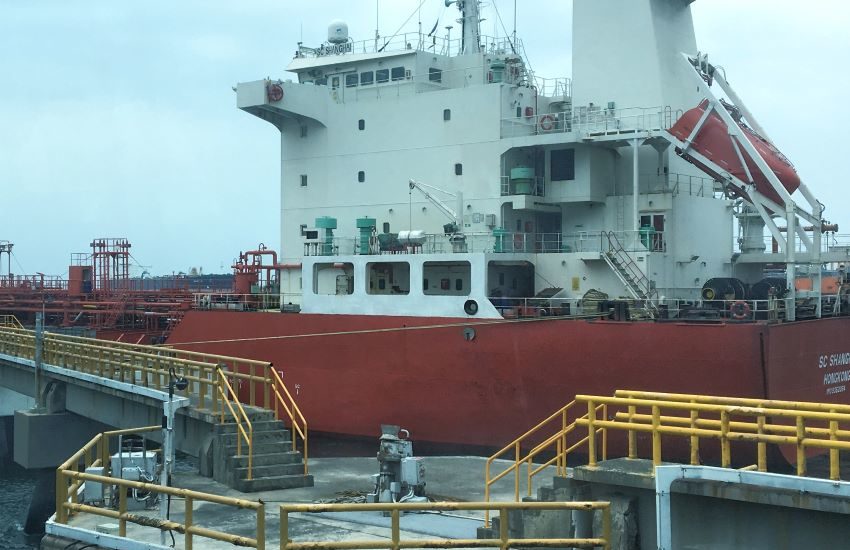Predicting Chemical Parcel Tanker Freight
Understanding the underlying dynamics that shape chemical parcel tanker freight markets is important for both charterers and ship owners. Below are some key topics that market players need to review carefully in order to forecast chemical parcel tanker freight.
The economic outlook
To understand demand, it’s important to monitor economic indicators such as GDP, which shows if the economy is slowing down or growing. Currently, the IMF forecasts global growth to slow from 3.6 percent in 2018 to 3.3 percent in 2019, before returning to 3.6 percent in 2020. Beyond 2020, global growth is then expected to stabilize at around 3½ percent, supported by growth in both China and India. Emerging markets and developing economies will see their growth stabilize at around 5 percent, though with considerable variance. Especially developing Asia will grow faster than other regions. While the global economy continues to grow at a reasonable rate and a global recession is not in the IMF’s baseline projections, there are many downside risks. As we write this article, we see the economy being tested by several important events such as Brexit, the US-China trade war, and Iran sanctions.
Chemical tanker fleet growth
On the supply side, the first important indicator is the state of the parcel tanker fleet. For the first time in a number of years fleet growth in the chemical tanker sector is expected to slow down. According to SPI Marine, with the current order book just 6% of the current fleet (by DWT) and based on anticipated scrapping the market will see an upside in freight rates as the fleet shrinks. The orderbook for vessels between 17,000DWT – 42,000 DWT is between 5.9 – 7.3% for 2019 and 2.7% – 4.2% for 2020. There is also greater filtering of tonnage with older vessels being forced out of the market as scrap prices are attractive. Other than the usual age-based recycling, scrapping may accelerate in the next couple of years to deal with the high cost of meeting regulatory requirements.
Regulatory changes
Changes in regulations often come with higher costs, which will have an impact on Owners’ bottom line. The major topic that is currently on everyone’s mind is IMO202o, which from 1 January 2020 will enforce the new emissions standards designed to significantly curb sulphur emissions. Becoming IMO-compliant is estimated to cost the industry about $250 Billion over the next five years, whether that is Owners looking to fit their vessels with scrubbers or using compliant fuels. The rush to switch vessels over is dampened amid growing concerns from several countries about how the wash water that contains sulphates could affect the ecology of coastal and inland waters. It is likely that Owners will try to pass the additional costs to the charterers of their vessels as the available fleet shrinks. Looking at the top 20 chemical operators around the world, not many have rushed their vessels into dry-dock to carry out the costly upgrades. Read more about the options for Owners here.
Bunker prices
The cost of bunkers is very important for Owners as they take up a large portion of the overall operating expenses. Bunker and crude prices show a correlation, but the bunker market is a little more resilient to fluctuations; although prolonged increases or decreases in crude prices will eventually be felt in bunker prices. Owners will always try to pass these extra costs onto Charterers. Following the oil and bunker markets is clearly important.
Shipowner consolidation
We also need to monitor the number of market players and their fleet size. Lately, we have seen a lot of consolidation in the market with Nordic Tankers being sold to MOL Chemical Tankers, and the merger between Hafnia Tankers and BW Tankers, for example.
Conclusion
Having a good understanding of the above factors and access to good insights is critical to forecasting chemical parcel tanker freight. In the current market, players should remain cautiously optimistic with global demand increasing, albeit at a slightly slower rate than in previous years. However, with a global fleet on the brink of shrinking, we can certainly expect freight rates to firm, although will it be sufficient for Owners to cover higher costs and capital investments is another question.
Photo Credit: Rudigerstal

